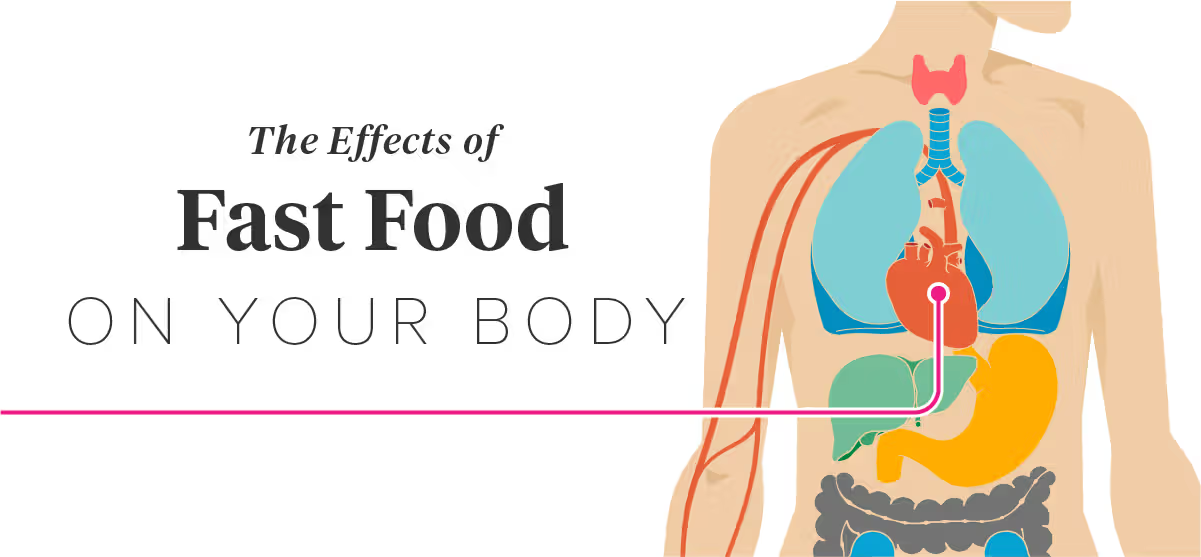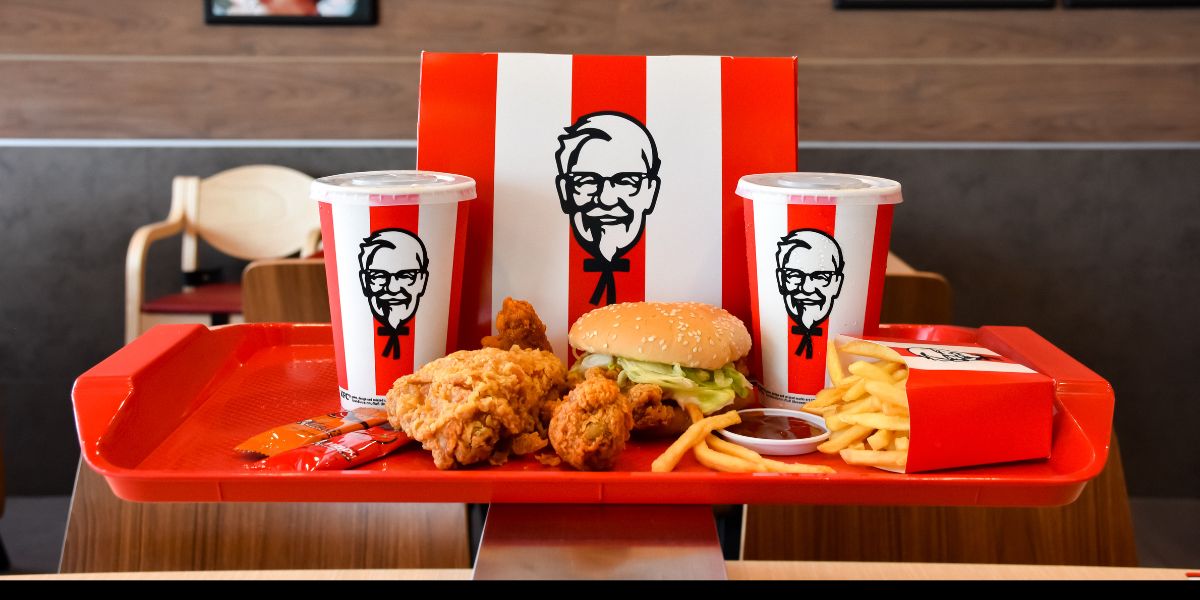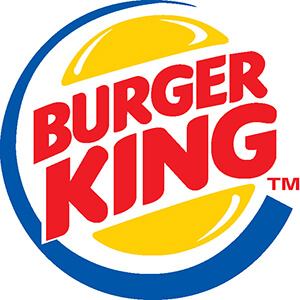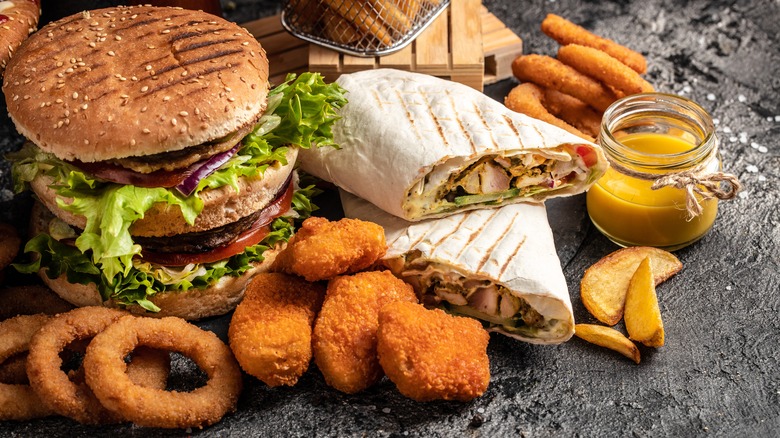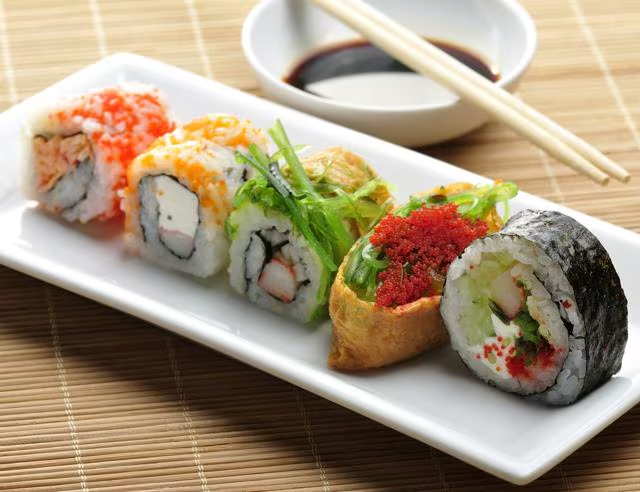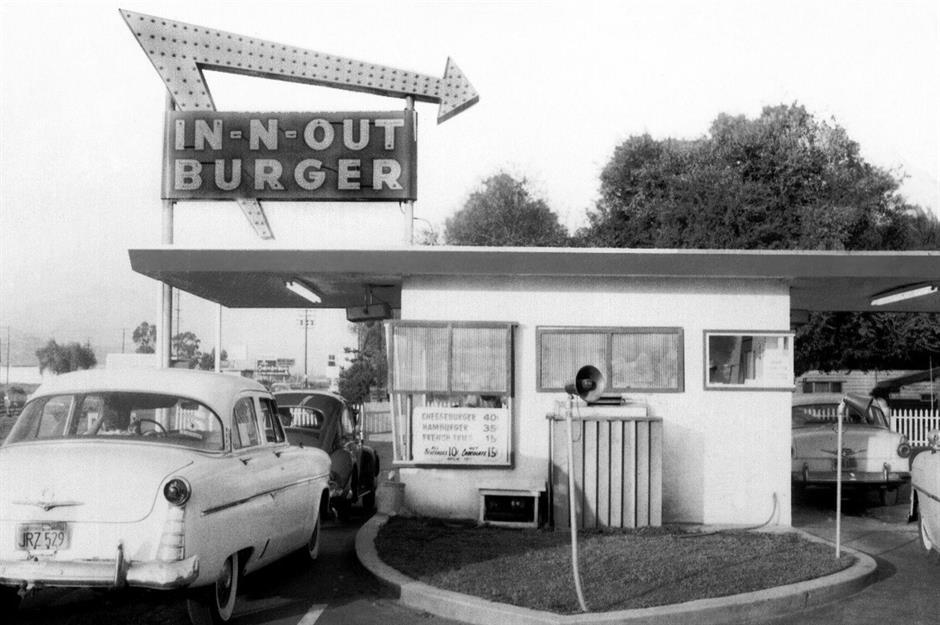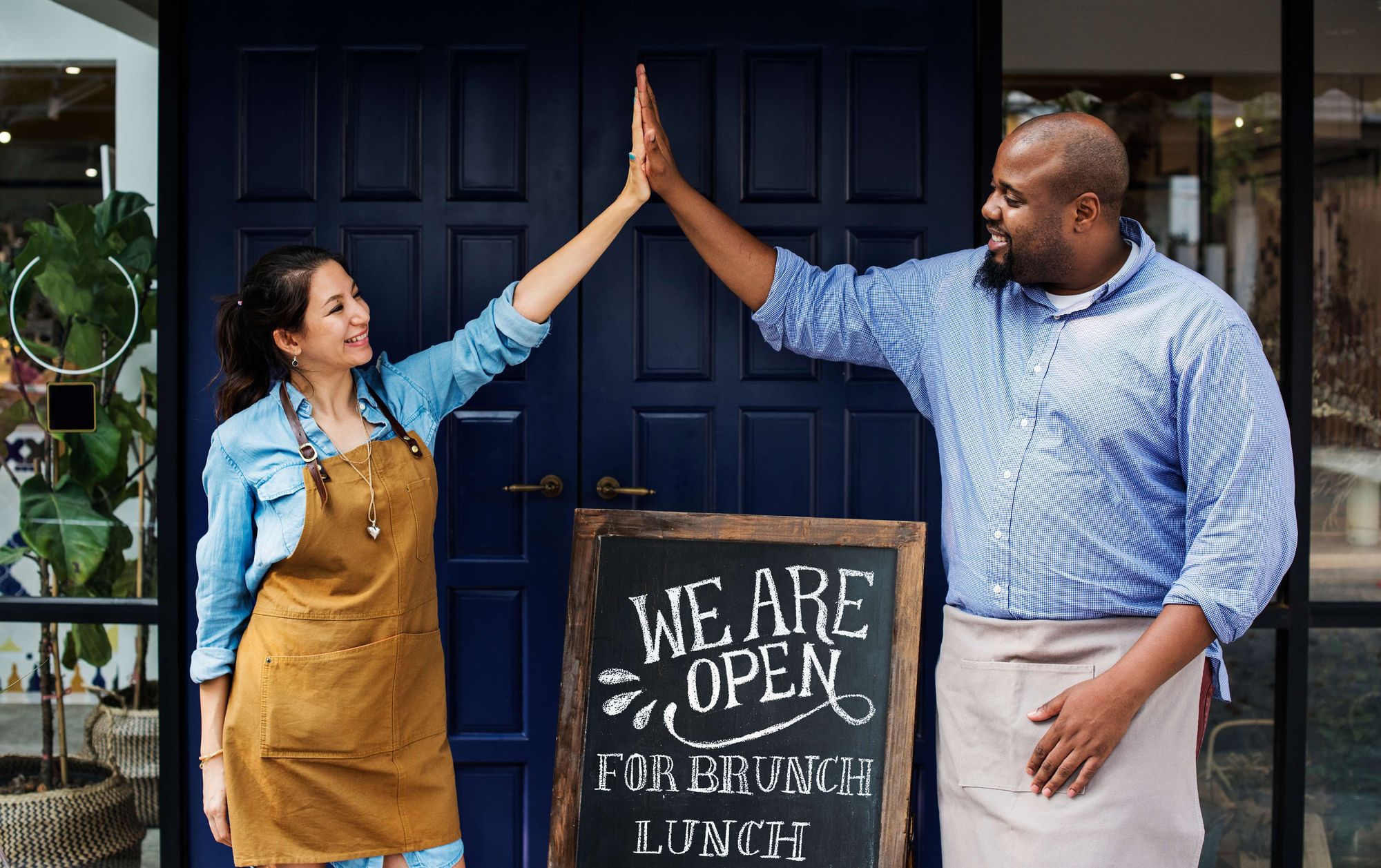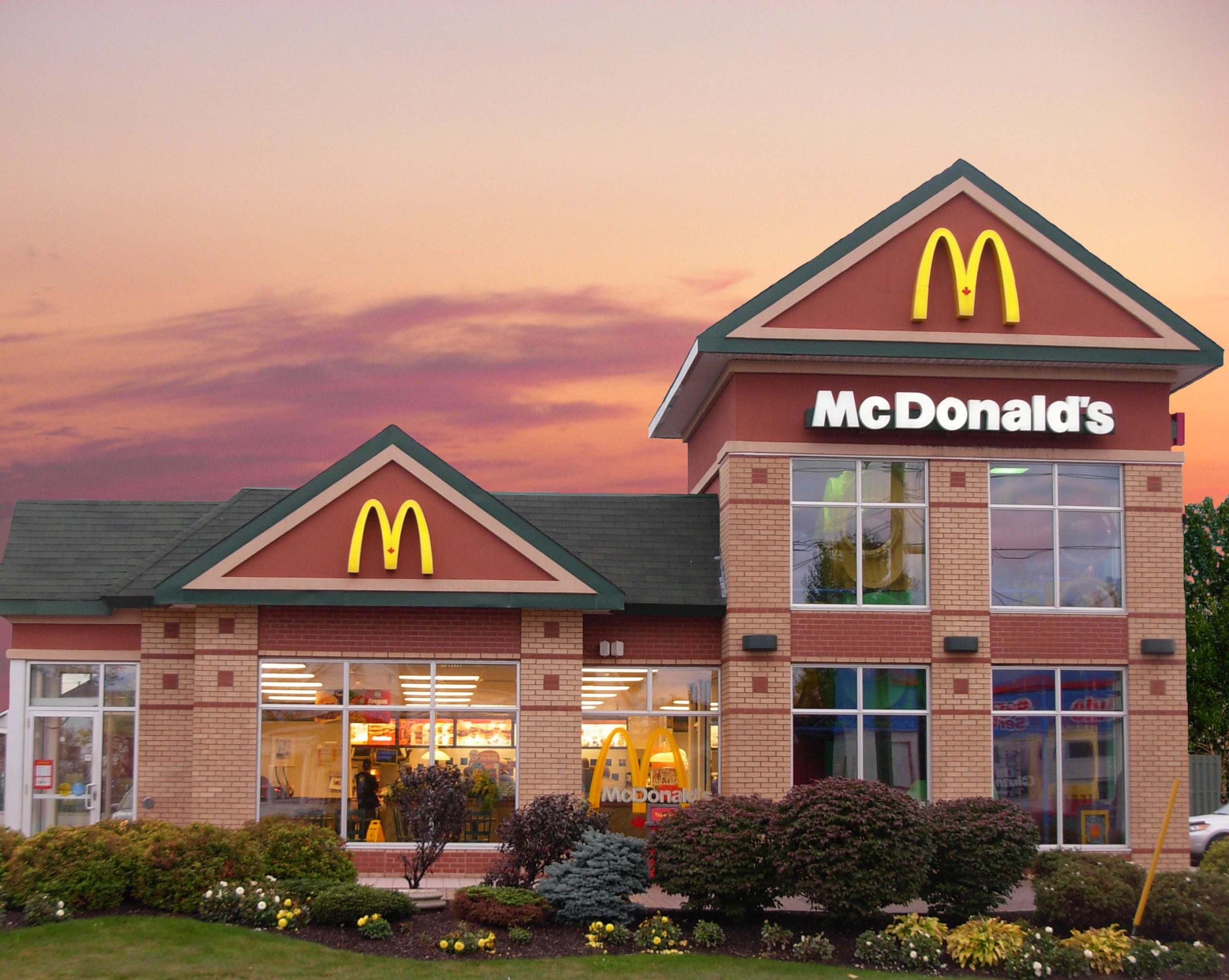In today`s aggressive meals scene, eating places face the venture of differentiating themselves in a crowded market. From speedy informal eateries to quality eating establishments, clients have infinite eating alternatives at their fingertips. In this saturated landscape, powerful eating place branding is greater vital than ever. A sturdy logo identification now no longer best enables a eating place stand out however additionally fosters loyalty and builds lasting connections with customers.
So, how can a eating place construct a memorable logo that resonates with diners and continues them coming back? Let`s destroy down the important thing additives of a success eating place branding.
1. Define Your Unique Value Proposition (UVP)
A sturdy eating place logo begins offevolved with knowledge what makes your status quo unique. The first step in crafting your logo identification is to without a doubt outline your Unique Value Proposition (UVP). What units your eating place other than the competition?
Is it your menu? Perhaps you serve a completely unique delicacies or provide a contemporary-day twist on conventional dishes.
Is it your service? Maybe your eating place focuses on impeccable customer support or a particularly personalised eating enjoy.
Is it your surroundings? Your atmosphere will be a key factor—consider themed décor or a cozy, Instagrammable surroundings that attracts visitors in.
The greater particular and real your UVP, the higher your probabilities of carving out a spot withinside the market. Once you`ve recognized your UVP, make certain it`s continually communicated thru each touchpoint of your logo, out of your brand in your social media presence and in-save enjoy.
2. Craft a Strong Visual Identity
In the eating place world, visuals talk volumes. Your eating place`s visible identification consists of its brand, colour palette, menu layout, signage, and typical aesthetic. A cohesive and appealing layout can right away make your eating place recognizable and produce the essence of your logo to ability customers.
Logo and Name: A brand need to be easy but memorable, reflecting the character and idea of your eating place. Likewise, your eating place`s call need to be clean to consider and pronounce, giving human beings some thing to companion together along with your logo.
Color Palette: Colors evoke emotions. Warm shades like purple and orange can stimulate starvation and excitement, whilst cooler tones like blue and inexperienced propose freshness and tranquility. Choose shades that align with the temper and surroundings you need to create.
Interior Design: The décor and format of your eating place need to inform a story. Whether it`s smooth and contemporary-day or rustic and homey, the layout need to offer a sensory enjoy that aligns together along with your logo`s identification. Keep in thoughts that Instagram-worth spots are a have to withinside the age of social media.
3. Create a Memorable Dining Experience
Restaurant branding isn’t always pretty much how matters look—it`s additionally approximately the enjoy you offer. The patron adventure is an imperative a part of your logo. From the instant a visitor walks thru the door to the time they leave, each interplay contributes to their typical belief of your eating place.
Customer Service: Exceptional carrier is a large a part of constructing a high quality logo popularity. Train your group of workers to be knowledgeable, friendly, and attentive. A warm, customized interplay can flip a one-time traveler into a faithful customer.
Consistency: Whether it`s meals quality, carrier, or ambiance, consistency is key. Customers assume the equal stage of excellence each time they visit. A memorable logo supplies on its guarantees consistently.
Create Emotional Connections: People do not forget how they sense. Do you need your clients to sense comfy and relaxed, or energized and entertained? Think approximately how your eating place can create lasting emotional connections, whether or not via customized carrier, unique events, or precise promotions.
4. Leverage Social Media and Digital Marketing
In today`s virtual age, social media is a effective device for constructing and selling your eating place logo. Platforms like Instagram, Facebook, and TikTok are visual-first and may assist exhibit your logo`s persona and appeal to a faithful following.
Instagram-Worthy Moments: People love sharing their eating reviews on social media, so create an surroundings that encourages picturegraph opportunities. Unique dishes, innovative drink presentations, and fashionable décor can power engagement and make your eating place stand out.
Engage with Your Audience: Social media isn’t only a broadcast platform; it`s a area for interplay. Engage together along with your fans with the aid of using responding to comments, reposting user-generated content, and web website hosting giveaways. Building a network on line can translate into real-international loyalty.
Online Reviews and Reputation Management: Today`s diners depend closely on on line opinions to make eating decisions. Encourage glad clients to depart high quality opinions on structures like Google, Yelp, or TripAdvisor. Monitor your on line popularity and reply professionally to any terrible feedback.
5. Tell a Compelling Brand Story
People love stories, and a compelling narrative could make your eating place`s logo sense true and relatable. Whether it is approximately the foundation in the back of your menu, the adventure of commencing your eating place, or the records of your chef, sharing your tale can create a reference to your audience.
Personalize Your Story: Make it relatable. Did you begin your eating place due to the fact you desired to deliver a selected delicacies in your network? Or did you develop up in a own circle of relatives of meals enthusiasts and now need to proportion your ardour with others? Let your clients see the human facet of your business.
Transparency and Values: Modern diners care approximately values. Is your eating place dedicated to sustainability? Are you sourcing elements regionally or lowering meals waste? Sharing those values now no longer simplest strengthens your logo however additionally resonates with clients who prioritize social responsibility.
6. Offer Exceptional Food and Drink
At the middle of any extremely good eating place logo is, of course, the meals. The quality, presentation, and flavor of your services can be the remaining degree of your logo`s success. Whether you`re acknowledged to your innovative cocktails, mouthwatering burgers, or modern desserts, your menu ought to mirror the identification you need to convey.
Innovate, Don`t Imitate: While it is crucial to preserve up with trends, don`t clearly replica what others are doing. Innovation may be a key component in status out


